By evaluating sound vibrations produced by the airflow induced within the lungs and bronchial tree during normal breathing as well as those produced by the larynx during vocalizations, doctors can identify potential disease-related abnormalities within the respiratory system.
Tag: Respiratory
Cleveland Clinic Researchers Develop New Model for Prioritizing Lung Transplant Candidates
CLEVELAND: A team from Cleveland Clinic has developed a new model for prioritizing patients waiting for a lung transplant, aimed at improving outcomes and reducing deaths among those in need of donor lungs. The new method offers an improved strategy for organ allocation by taking into account how the time a patient has spent on the waiting list could impact the severity of their disease and the urgency of their need for a transplant.
The results of a study looking at this new method were published today in The American Journal of Respiratory and Critical Care Medicine.
Air monitor can detect COVID-19 virus variants in about 5 minutes
Now that the emergency phase of the COVID-19 pandemic has ended, scientists are looking at ways to surveil indoor environments in real time for viruses. By combining recent advances in aerosol sampling technology and an ultrasensitive biosensing technique, researchers at Washington University in St. Louis have created a real-time monitor that can detect any of the SARS-CoV-2 virus variants in a room in about 5 minutes.
RUSH Respiratory Specialists Named ‘Top Doctors’
Four RUSH respiratory specialists have been named top doctors by Chicago magazine.
May 2022 Toxicological Sciences Features Leading Research in Respiratory Hazards, Proteomics, and More
The May 2022 issue of Toxicological Sciences, the Society of Toxicology’s official journal, is now available and features leading research in carcinogenesis, computational toxicology and databases, and more.
On World Lung Day FIRS Calls for Global Investment in Respiratory Health
Today, on World Lung Day (WLD), members of the Forum of International Respiratory Societies (FIRS) and WLD partner organizations, such as the American Thoracic Society, are calling for respiratory health to be a top priority in global decision-making beyond the COVID-19 pandemic.
Focus on “Growing Stronger” for Pulmonary Fibrosis Awareness Month in September
September is Pulmonary Fibrosis Awareness Month, presented by the Pulmonary Fibrosis Foundation (PFF) as a way to drive awareness of pulmonary fibrosis (PF), a debilitating, incurable lung disease. Learn more about the numerous endeavors intended to rejuvenate the fight against PF throughout September.
New Approach Methodologies, Single Cell RNAseq, and More Featured in 2021 Toxicological Sciences
Toxicological Sciences delivers cutting-edge research in toxicology in the areas of clinical and translational toxicology, emerging technologies, and more in the August 2021 issue.

Microchip Models of Human Lungs Enable Better Understanding of Disease, Immune Response
In Biomicrofluidics, researchers review lung-on-chip technologies that represent the vital properties of lung tissue and are capable of recapitulating the fundamental aspects of various pathologies. The researchers reviewed various lung-on-chips and their applications in examining, diagnosing, and treating human viruses, including the coronavirus that causes COVID-19. The knowledge accumulated paves the way to use these models to study the interaction of several human respiratory viruses with the airway epithelium and alveolus in an organ-relevant setting.
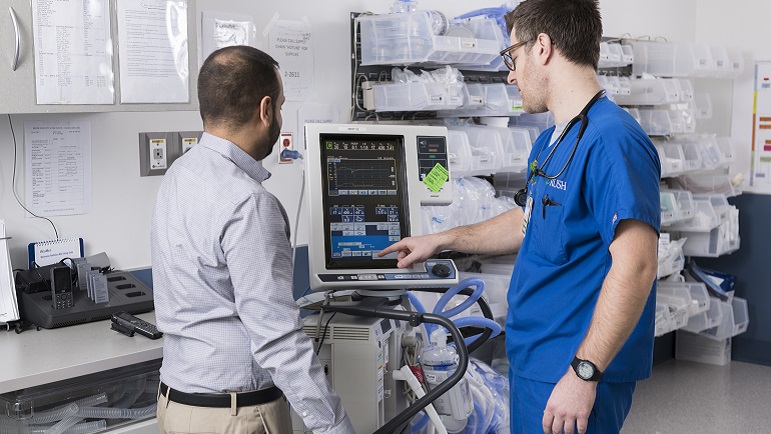
Rush Respiratory Care Team Honored for its Impact
Recently awarded two APEX Recognition Awards, respiratory therapists at Rush are advancing COVID-19 treatment.
Initial Severity of COVID-19 Is Not Associated with Later Poor Health or Respiratory Complications
A new study published online in the Annals of the American Thoracic Society examines the recovery of lung function and overall wellness in individuals who had varying degrees of COVID-19 severity. Little is known about lung health following infection with SARS-CoV-2, the virus that causes COVID-19, and whether later respiratory problems, fatigue and ill health are associated with the disease’s initial severity.
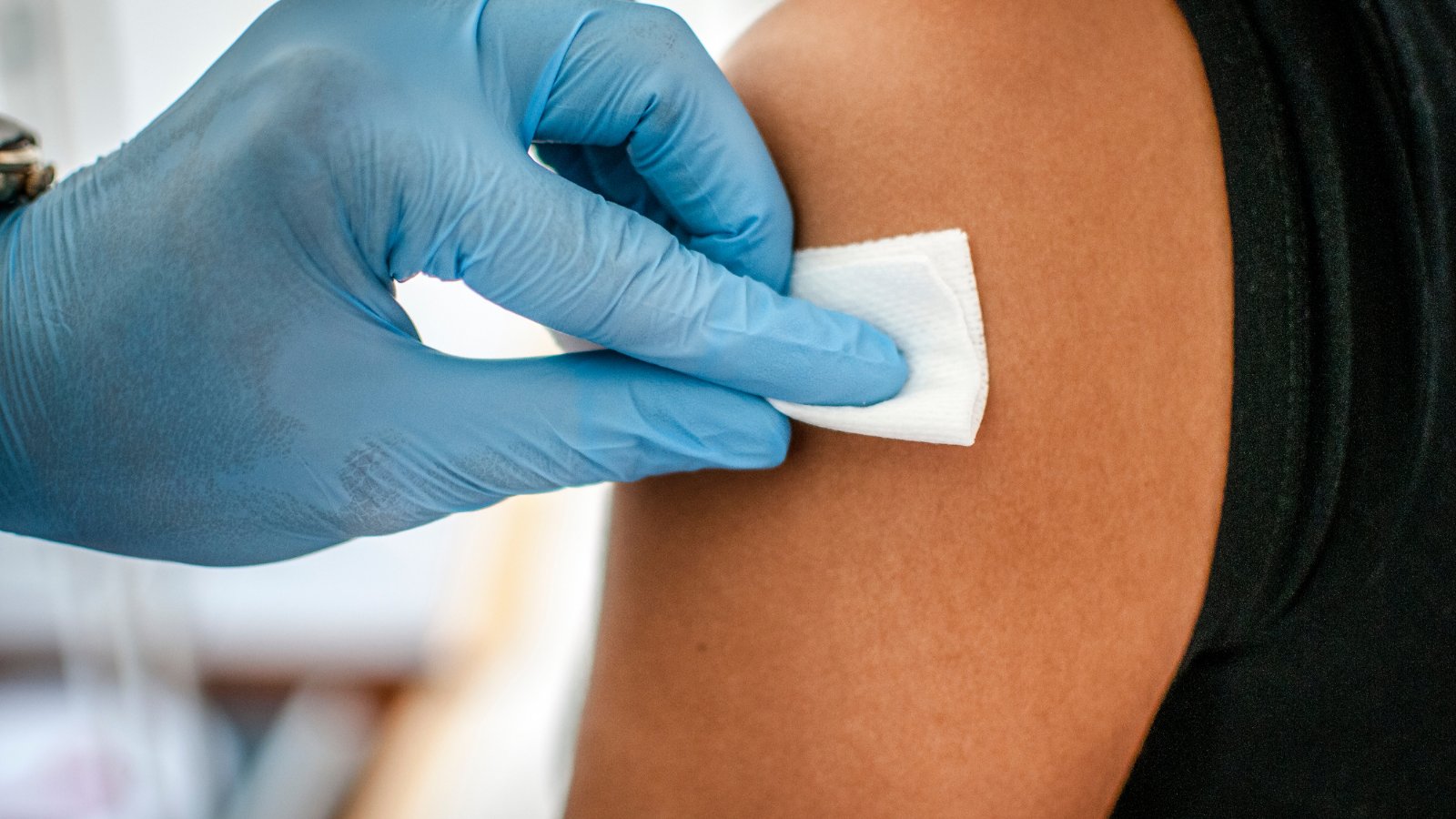
The Forum of International Respiratory Societies Calls for Global Access to Effective, Affordable COVID-19 Vaccines
The Forum of International Respiratory Societies (FIRS), an organization comprised of the world’s leading international respiratory societies, including founding member the American Thoracic Society, calls for urgent access to affordable COVID-19 vaccines globally.
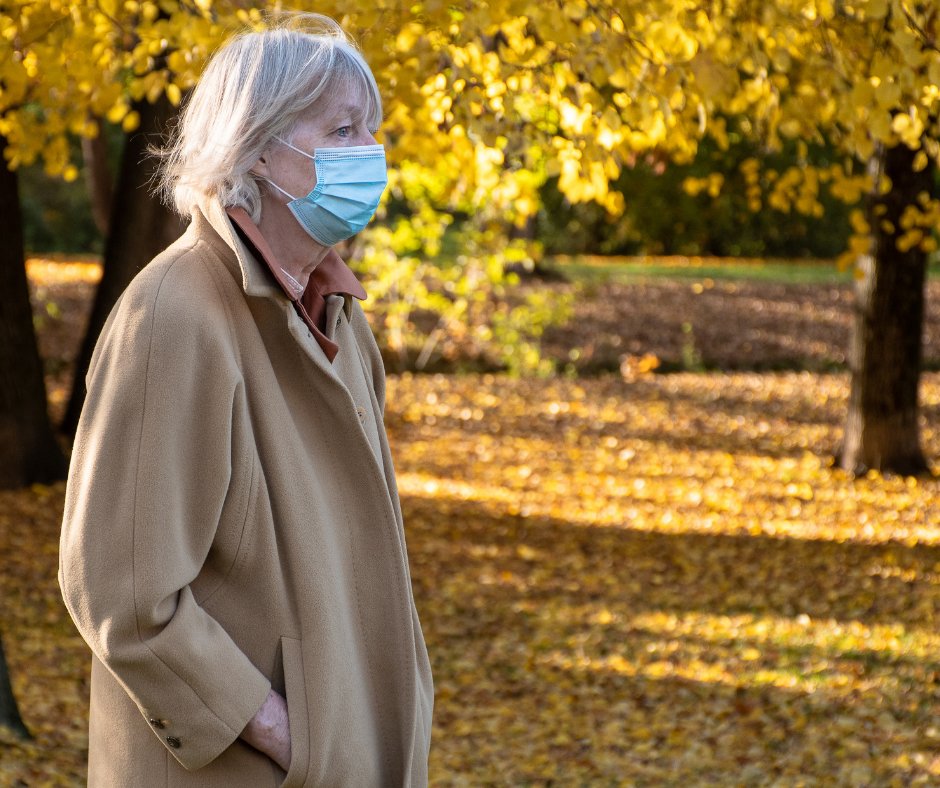
When a cough becomes chronic: pulmonary fibrosis vs. a passing virus
Cough, fatigue and shortness of breath are all common signs of a passing virus. However, when symptoms become chronic, lasting more than three months, these could be indicative of pulmonary fibrosis (PF). The Pulmonary Fibrosis Foundation is shining a light on PF symptoms and risk factors during peak cold and flu season.
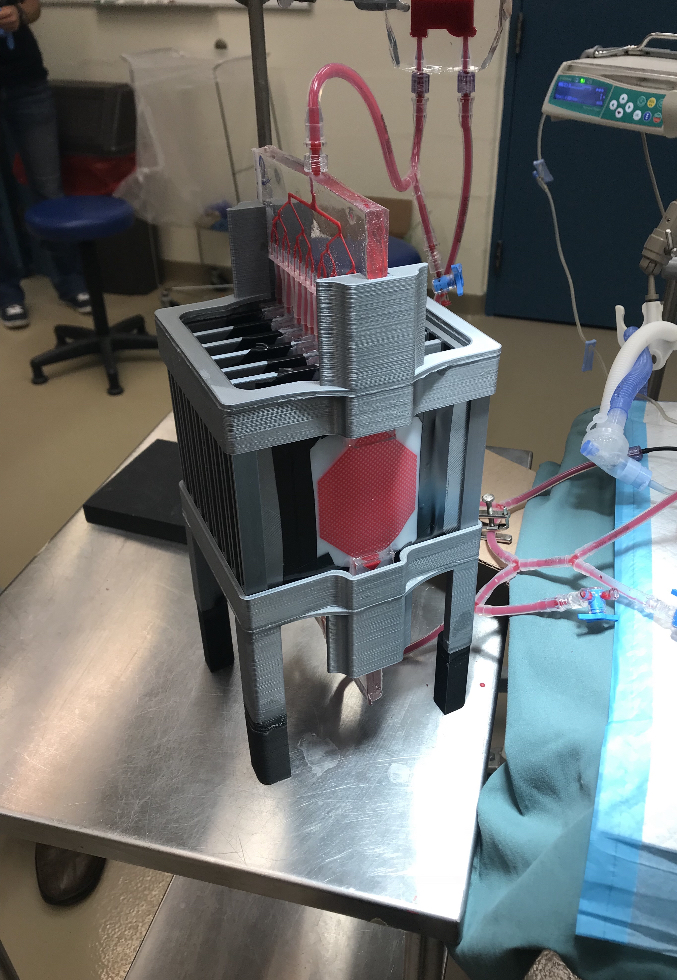
International research team develops articifial lung to support pre-term babies in distress
An international team led by current and former McMaster University researchers has developed an artificial lung to support pre-term and other newborn babies in respiratory distress.
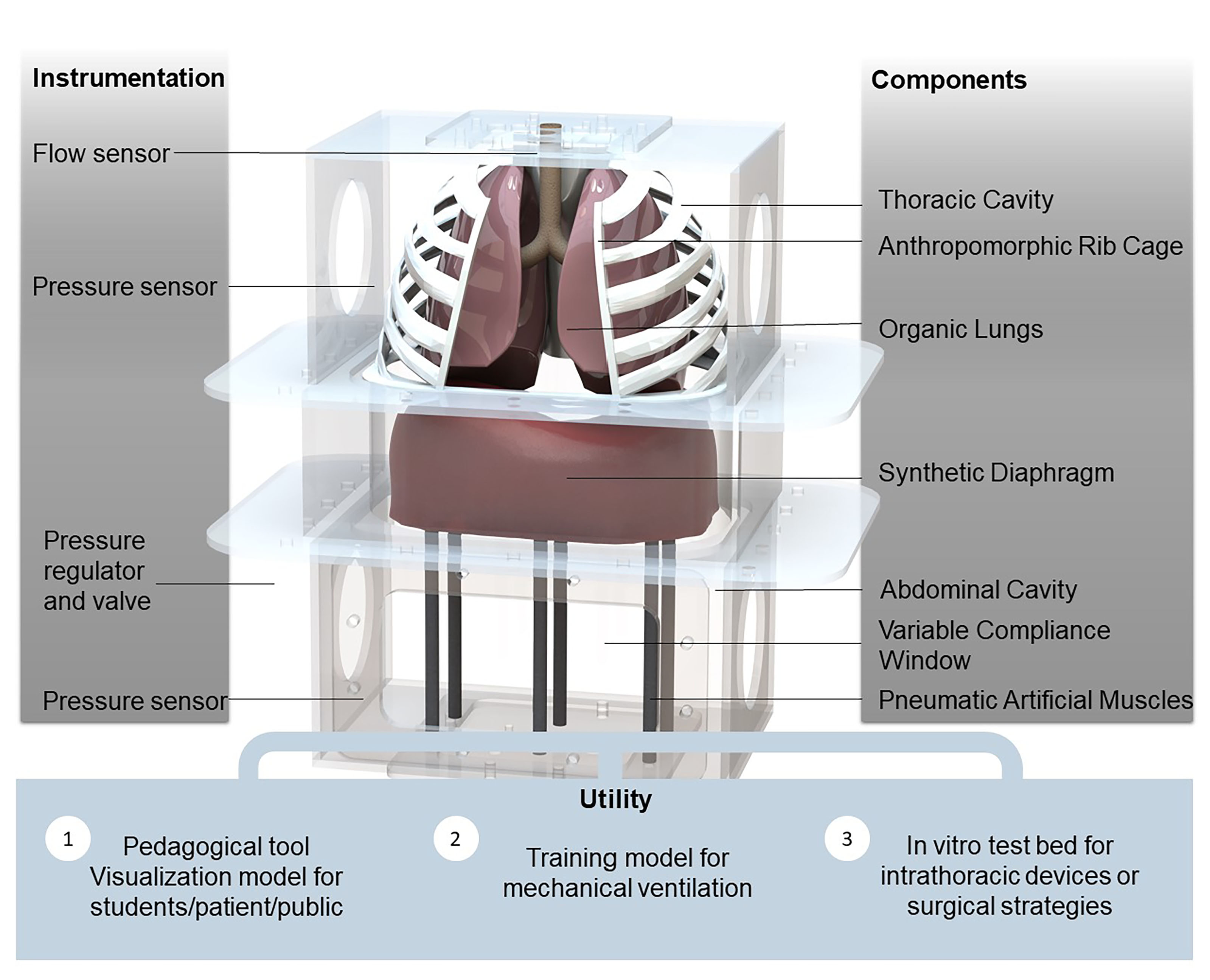
Biohybrid Model Uses Organic Lungs, Synthetic Muscles to Re-Create Respiration Mechanics
Discussed in APL Bioengineering, researchers created a high-fidelity respiratory simulator that accurately represents the interplay between the abdomen, diaphragm, lungs and pleural space, the fluid-filled membrane surrounding the thorax and lungs. The model, using swine lungs, soft robotic materials and artificial muscles, allows precise tuning of pressure in each part of the system, so specific disease conditions can be tested. It also proved extremely useful for testing ventilator-only respiration by removing the elastomeric diaphragm.
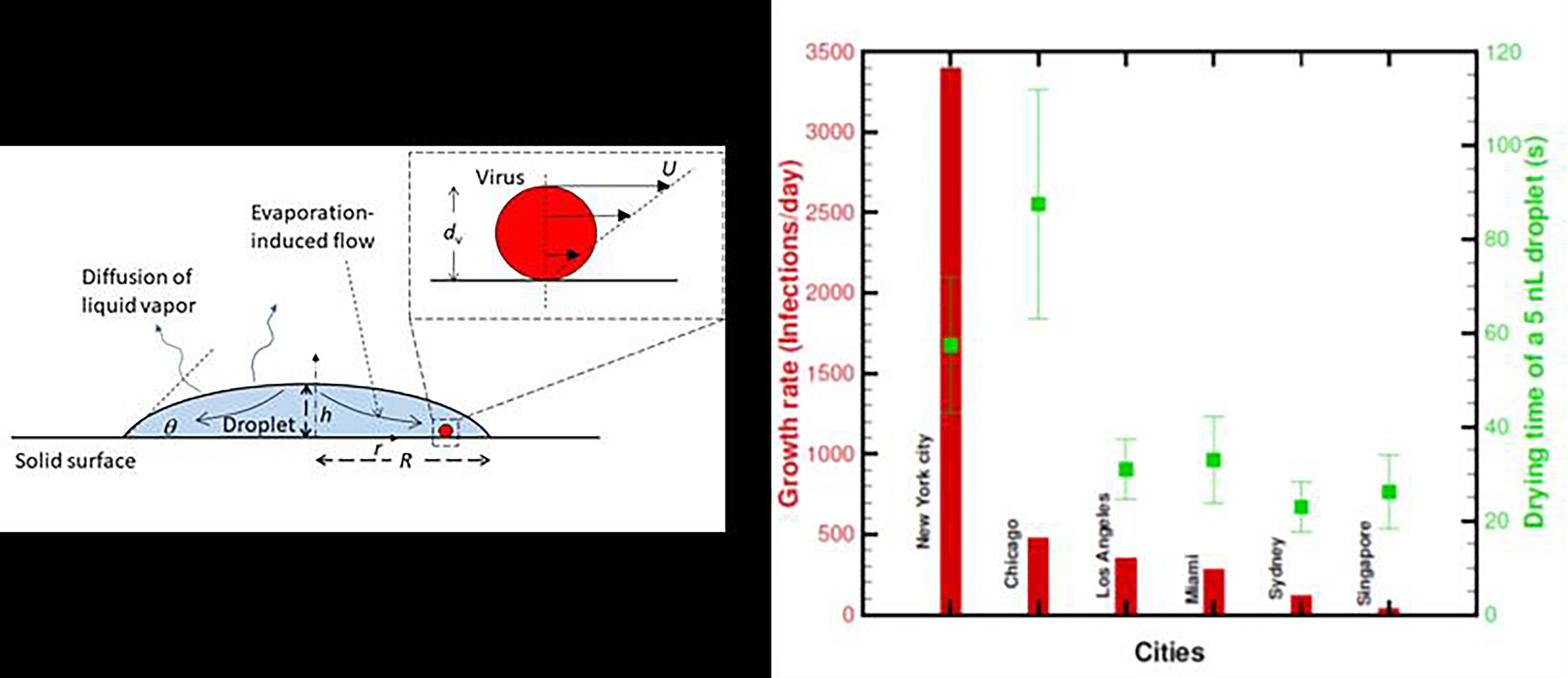
Survival of Coronavirus in Different Cities, on Different Surfaces
One of the many questions researchers have about the COVID-19 virus is how long it remains alive after someone infected coughs or sneezes. In Physics of Fluids, researchers examine the drying time of respiratory droplets from COVID-19-infected subjects on various surfaces in six cities around the world. Using a model well established in the field of interface science, the drying time calculations showed ambient temperature, type of surface and relative humidity play critical roles.
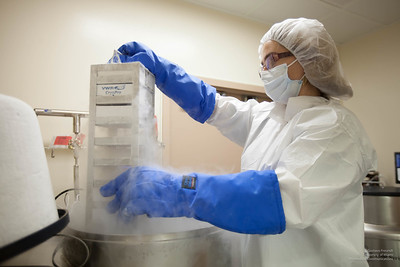
University of Miami Treats COVID-19 Patients with MSC Stem Cells
For COVID-19 patients in severe respiratory distress, the University of Miami Miller School of Medicine now offers access to mesenchymal stem cell (MSC) treatments that may help fight the characteristic inflammation that accompanies the viral infection. On April 5, the…
Breathing During Exercise Is Harder for Women Than Men
While both sexes have the capacity for phenomenal athletic achievements, women on average must work harder to breathe during strenuous exercise compared to men, according to new research.

UC San Diego Engineers and Doctors Retrofit and Build Ventilators with 3D-Printing
A team of engineers and physicians at the University of California San Diego is working to turn emergency hand-held ventilators into devices that can work autonomously for long periods of time, without human input.
Mount Sinai Physicians the First in U.S. Analyzing Lung Disease in Coronavirus (COVID-19) Patients from China
Findings from CT scans provide new insight that could lead to quicker diagnosis
Mount Sinai Emergency Department Innovation: An Observation Unit That Reduces Length of Stay and Raises Patient Satisfaction
In one urban ED that sees approximately 12,000 pediatric patients a year, a team of emergency medicine physicians devised a model that would optimize resources, reduce length of stay dramatically, and increase patient satisfaction.

Respiratory doctor can talk about causes of seasonal allergies
Do-Yeon Cho, M.D., respiratory researcher and expert at the University of Alabama at Birmingham, can comment on seasonal respiratory system irritation and disease, such as: causes and prevention of seasonal allergies during the warmer weather upper respiratory airway diseases Cho…

Respiratory doctor can talk about causes of seasonal allergies
Do-Yeon Cho, M.D., respiratory researcher and expertat the University of Alabama at Birmingham, can comment on seasonal respiratory system irritation and disease, such as: causes and prevention of seasonal allergies during the warmer weather upper respiratory airway diseases Cho is…